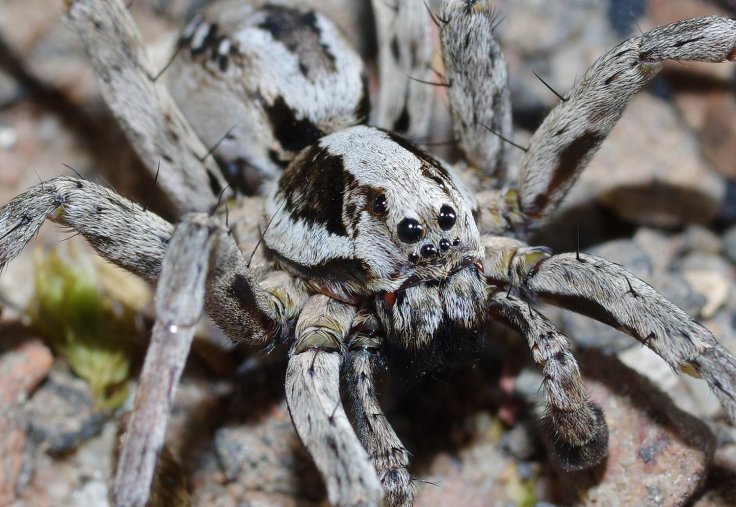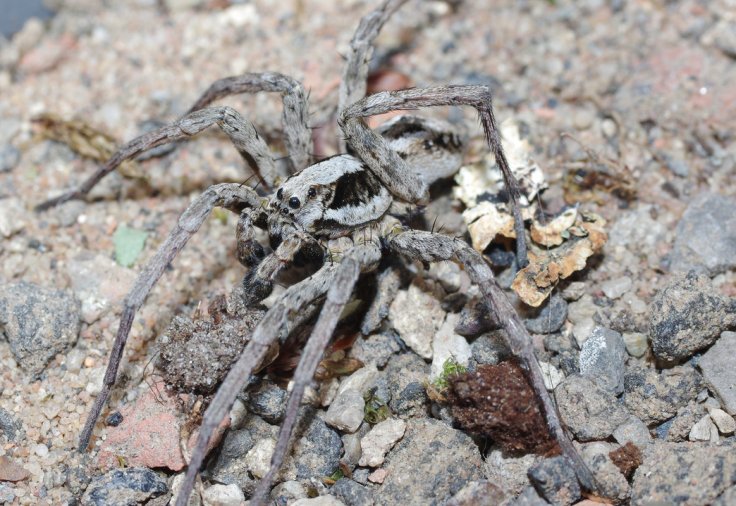One of Britain's largest spiders, the Great Fox Spider, once thought to have gone extinct, has been spotted for the first time after 27 years at a Ministry of Defence training ground in Surrey. After being untraceable for more than a quarter of a century in the UK, finally this year the conservationists report the sighting of 22 Great Fox Spiders, including mature males and one mature female. This species is a night-time hunter, and known for its speed and agility as well as eight eyes.
The critically endangered Great Fox Spider was assumed extinct in the UK after the last one was spotted in Surrey's Hankley Common in 1993. But Mike Waite, spider enthusiast at Surrey Wildlife Trust finally found the long-lost spider species after two years of trawling around after dark looking for it on the military site in Surrey.

Rediscovery of Great Fox Spider
As per the Surrey Wildlife Trust, this species has excellent eyesight, camouflage, and speed. The species, which is an opportunistic predator that hunts at night, is named for its fox-like characteristic of chasing down prey across sandy terrain, and rocks before pouncing, then capturing it on the run that includes insects like beetles, ants, and smaller spiders.
The prey is immobilized after the Great Fox Spider injects it with venom and then the internal organs of the prey liquefy. Once all these are done, the spider uses its strong, fang-bearing front appendages called chelicerae to feast on its catch.
Waite never gave up hope to find the long-lost species. He found the specimens on MOD land, which is managed by the Amphibian and Reptile Conservation Trust. He said that the Great Fox Spider is at the very edge of its range in the UK, which accounts for its super rarity here. "This formidable-looking creature is an impressive beast, perfectly camouflaged and also largely nocturnal, and for all its size it has been remarkably elusive," he added.
"I am naturally over the moon to have finally proved the continued existence of the Great Fox spider in the UK," Waite said while adding that "[I] am doubly pleased to have made this important contribution to our scientific knowledge".

The Great Fox Spider is one of the largest of the wolf spider Lycosidae family. It digs holes under rocks and logs to make a shelter and creates a silk-lined burrow during winter. Among these species, the male spiders have a slightly smaller body and longer legs than females but all over their size is the same.
To find out this spider species, Waite used aerial photos to look for bare sandy patches that suit the ambush-style hunting technique of the spider and then noticed the first one next to Jeep tracks. After he found the 22 of these species, Nick Baker, TV presenter, naturalist, and president of the British Arachnological Society described the discovery as "the most exciting thing to happen in wildlife circles for quite some time".









